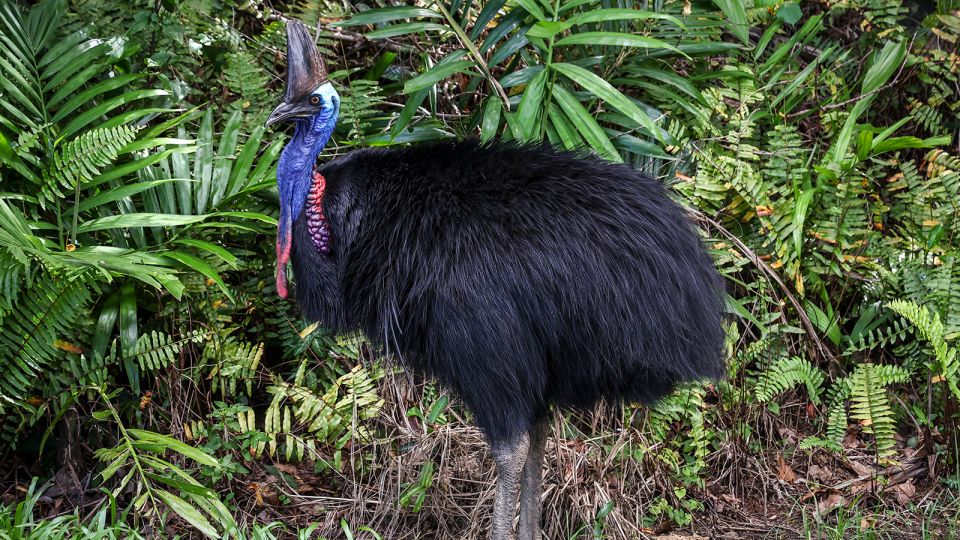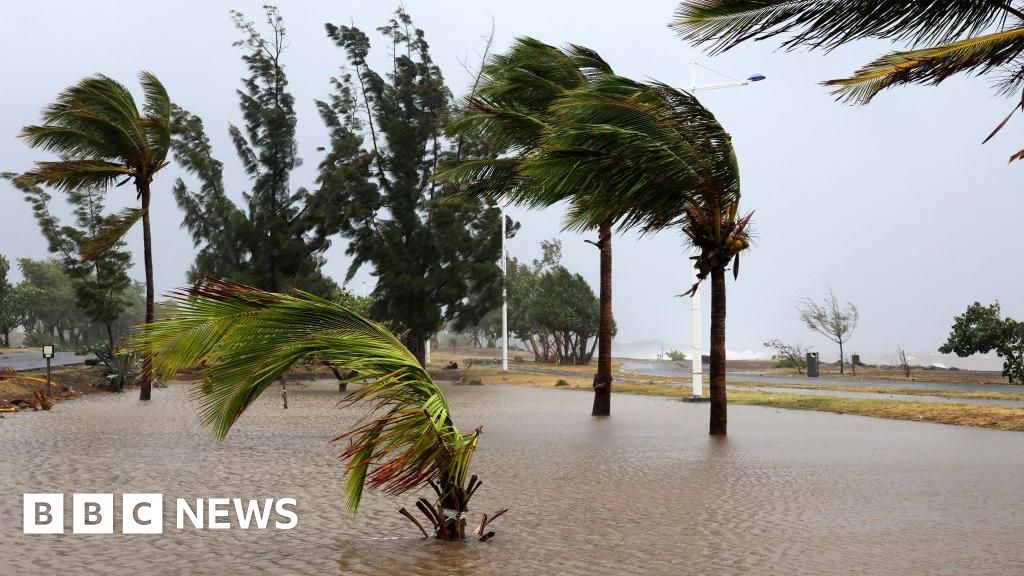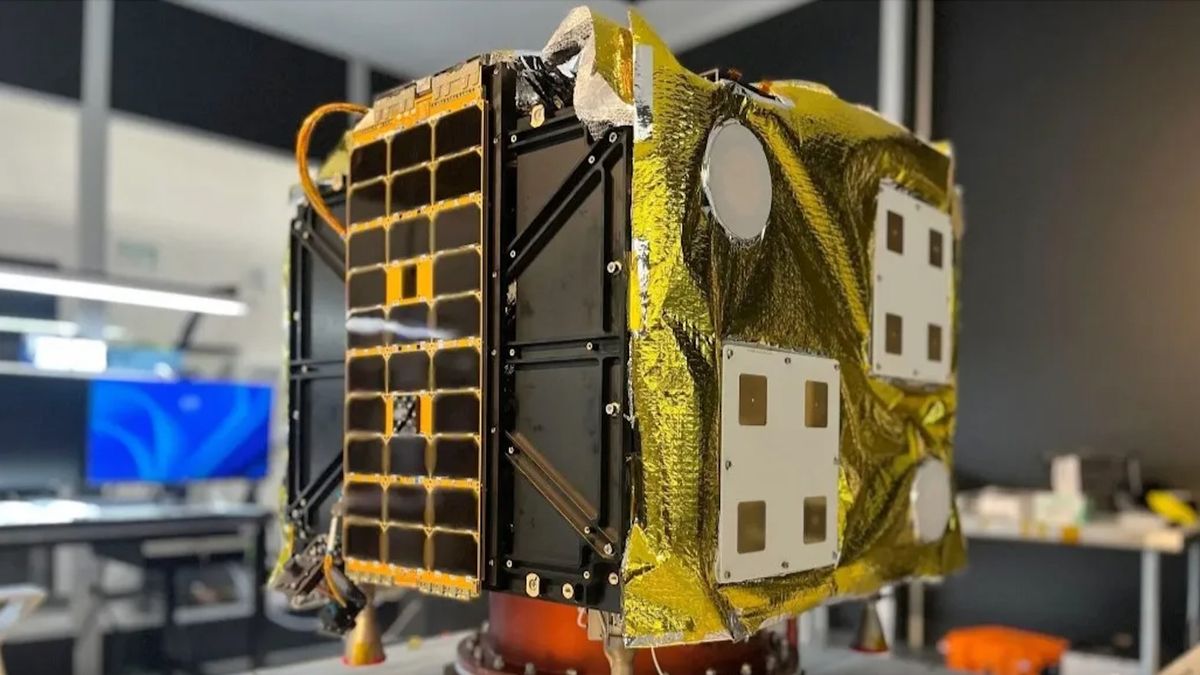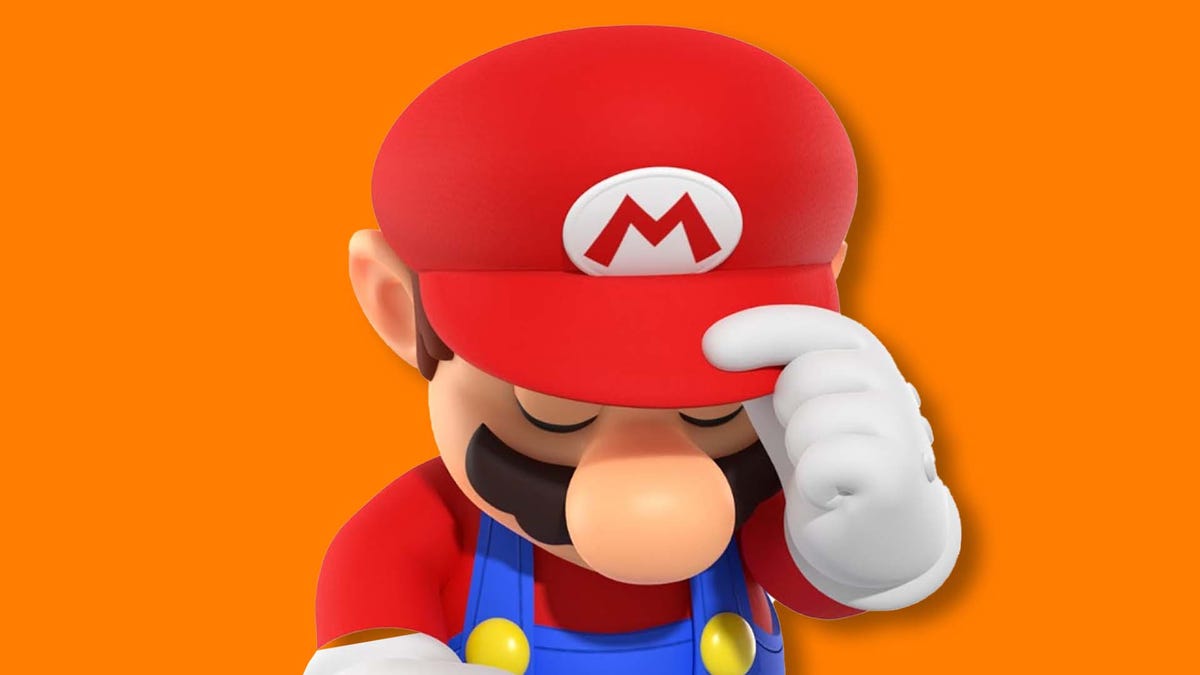
Editor’s Note: Don’t miss out! Subscribe to the Unlocking the World, CNN Travel’s weekly newsletter for updates on travel destinations, aviation news, food and drink tips, and accommodation suggestions.
Australians are often viewed as resilient and fearless, especially considering their homeland is inhabited by a multitude of venomous snakes and spiders, alongside the notorious creature known as the drop bear. However, there is one bird that can instill fear even in the most hardened Aussie.
Enter the cassowary, a bird unlike any other. Towering as tall as an adult human, this striking creature boasts shiny black plumage and sharp, watchful eyes. Weighing as much as 140 pounds and featuring formidable, dagger-like claws, the cassowary is indeed a formidable sight.
“There’s something ancient and primal about them,” states Andrew Mack, who dedicated five years to studying cassowaries in their natural habitat in Papua New Guinea. “They resemble living dinosaurs.”
As a flightless bird, the cassowary belongs to the ratite family and has earned the unsettling title of “the world’s most dangerous bird.” While its more well-known relative, the emu, serves as a national symbol of Australia, cassowaries are more solitary. They typically dwell in dense rainforests, which minimizes their encounters with humans and sadly renders them endangered.
Apart from their dramatic appearance, cassowaries play a vital role in the rainforest ecosystem. They are the largest fruit-eating birds on the planet, consuming and digesting numerous fruits daily, and subsequently dispersing seeds throughout the forest via their droppings.
Interestingly, in the cassowary world, it’s the males that take on the bulk of parenting duties. Females lay the eggs and abandon the nest, leaving the males to incubate the eggs and care for the chicks. These male cassowaries are known to be fiercely protective of their young, and instances of aggressive behavior towards humans often stem from them getting too close to these vulnerable chicks.
Tips for Safely Navigating the Presence of Cassowaries
Recently, a viral video captured a woman’s struggle in Queensland as she attempted to fend off a cassowary that was eyeing her McDonald’s burger.
Despite their intimidating size, Peter Rowles, founder of the Community for Coastal & Cassowary Conservation (C4), notes, “More cassowaries die from human actions than the other way around.”
Living near Daintree National Park, Rowles emphasizes the importance of maintaining composure during an encounter with a cassowary in the wild. “If you see one, the first thing to do is put your hands behind your back,” he advises. “Try to be as dull as possible, so you don’t draw the bird’s attention. Try to blend into your surroundings and avoid making loud noises. If you have food, tuck it away so the bird doesn’t associate you with a food source.”
Running from a cassowary might seem instinctive, but it’s not the best choice. These birds, much like emus and ostriches, can run at similar speeds to an average human.
Importantly, if you’re ever faced with a cassowary, experts recommend keeping your food rather than tossing it away in a panic, as the woman in the viral video did. Research published in the Journal of Zoology highlighted that 75% of dangerous encounters were due to humans feeding these birds.
Christopher P. Kofron, author of the study, warned that feeding alters cassowaries’ natural behavior, leading to increased boldness and aggression. Alarmingly, in the case of a fatal attack, the victim was attempting to harm the bird.
In Papua New Guinea, cassowaries aren’t protected, and locals may hunt them for food, typically focusing on the smaller dwarf species.
Rowles suggests that to avoid accidentally startling cassowaries in Queensland, steer clear of dark-colored cars. These birds can become agitated if they see their reflection, mistaking it for a rival. They may exhibit similar behavior around mirrors or reflective surfaces, prompting residents of Mission Beach to install screens to reduce glare.
When C4 was first established, they placed a statue of a male cassowary outside their office. Surprisingly, a female cassowary appeared, likely attracted to the statue, but took its rejection to heart. “On the third day, she decided that if mating was off the table, then the statue was a competitor,” Rowles recounts. She ultimately attacked the statue, damaging it in the process. The now-repaired statue has since been relocated indoors for its safety.
For more updates and news from CNN, consider creating an account at CNN.com to stay informed.









